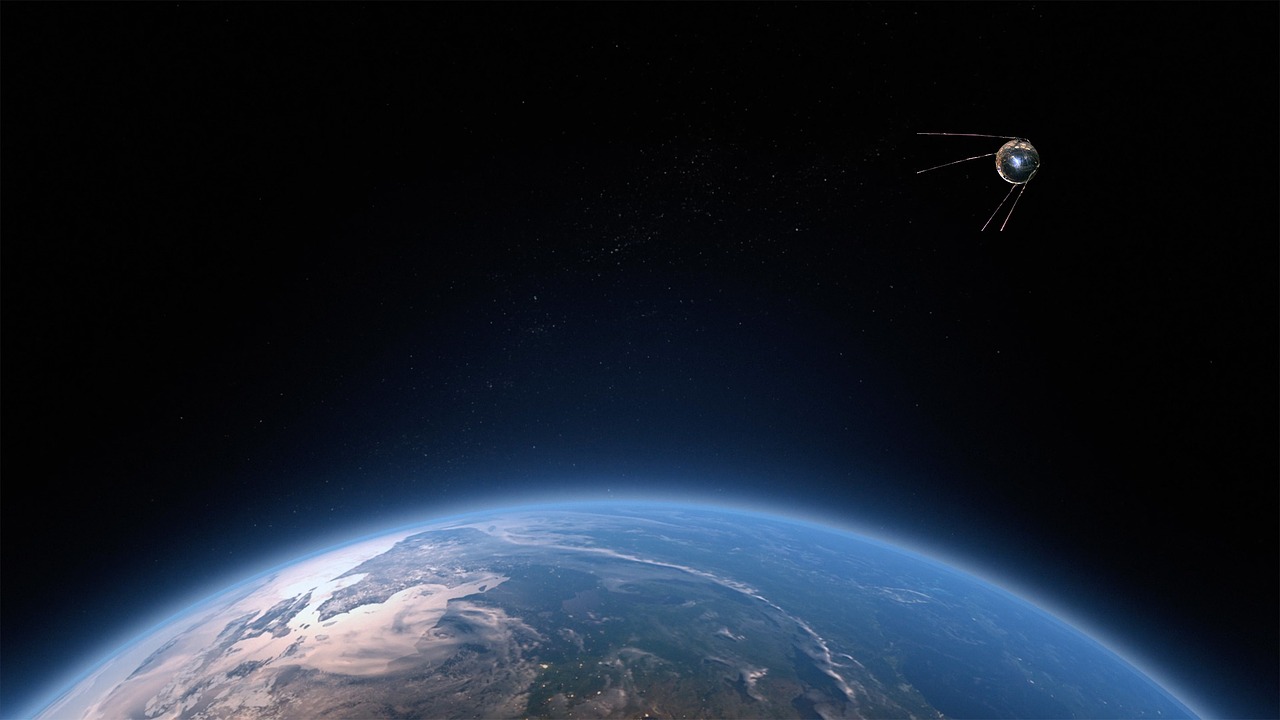New market players, platforms, services, and business models are disrupting the global space industry. In order to continue to serve an evolving market, value chain players are developing flexible, affordable, dedicated, competitive and complementary solutions for end customers to sustain significant growth opportunities.
Frost & Sullivan forecasts the total revenue opportunities for the global satellite manufacturing market to soar past $366.06 billion with global launch demand for 12,766 satellites and cumulative launch opportunities of $102.52 billion for the period 2019 to 2030.
“The space industry is rapidly evolving. Not only are satellite platforms becoming more agile and robust with the execution of software-based satellites, electric propulsion systems and spot beam offerings, but competition in the launch services market is lowering prices and new entrants with mega-constellation-based business models are poised to disrupt the connectivity and earth observation market,” said Arun Kumar Sampathkumar, Industry Manager, Space at Frost & Sullivan.
Currently, there is a clear gap between satellite launch demand and the supply of launch services with an average launch wait period of six months to two years for satellite operators. However, more than 40 global new participants are developing launch vehicles to bridge this gap.
“In the small-satellite launch segment, the major unmet needs include on-demand launch, the independent mission from the primary launch payload, and launch cost,” noted Sampathkumar. “Due to the existing gap between supply and launch, the launch service market is price inelastic. However, with the entry of new vehicles and reusable capabilities, launch supply is likely to increase and will lead the market towards price sensitivity.”
Downstream data pressures have meant that communication satellites represent the fastest growing market segment, increasing demand for the manufacture of high-throughput and constellation communication satellites.
Sampathkumar sees multiple incumbents and new participants looking to install their high-capacity communication satellites in Geostationary Earth Orbit (GEO), Medium Earth Orbit (MEO), and Low Earth Orbit (LEO) orbits. This will result in both new installation and recurring replacement mission demand for manufacturing communication satellites.
Growth opportunities participants should tap into for future successes include:
- The manufacturing sector utilizing COTS technologies, additive manufacturing, Industrial IoT (IIoT), and serial production with systems and satellite platform standardization.
- The launch services sector focussing on infrastructure-as-a-service for dedicated launch service providers and vehicle reusability to reduce launch costs.
- Ground station services players developing a global network of ground stations that utilize automated aggregator platforms as well as standardize mission control processes and systems.
- Earth observation participants developing affordable standard platforms for value-added service providers.
- Satellite communication players focussing on network standardization and integration, including terrestrial and capacities in LEO, MEO, and GEO.
‘Consumerisation’ of Space has taken a leap forward with end-users demanding seamless connectivity, actionable geospatial intelligence, and advanced sensing capabilities to drive new business propositions and solutions. Disruptions impacting the ecosystem are driven by technology, manufacturing processes and business models from traditional players like SES, SpaceX, and Airbus, and new space participants like RocketLab, EarthNow, OneWeb and SpireGlobal.
For further information on this analysis, visit: http://frost.ly/3oz

